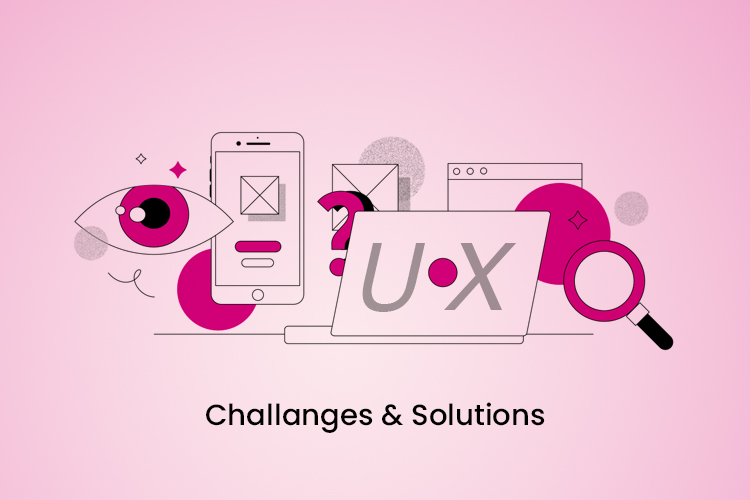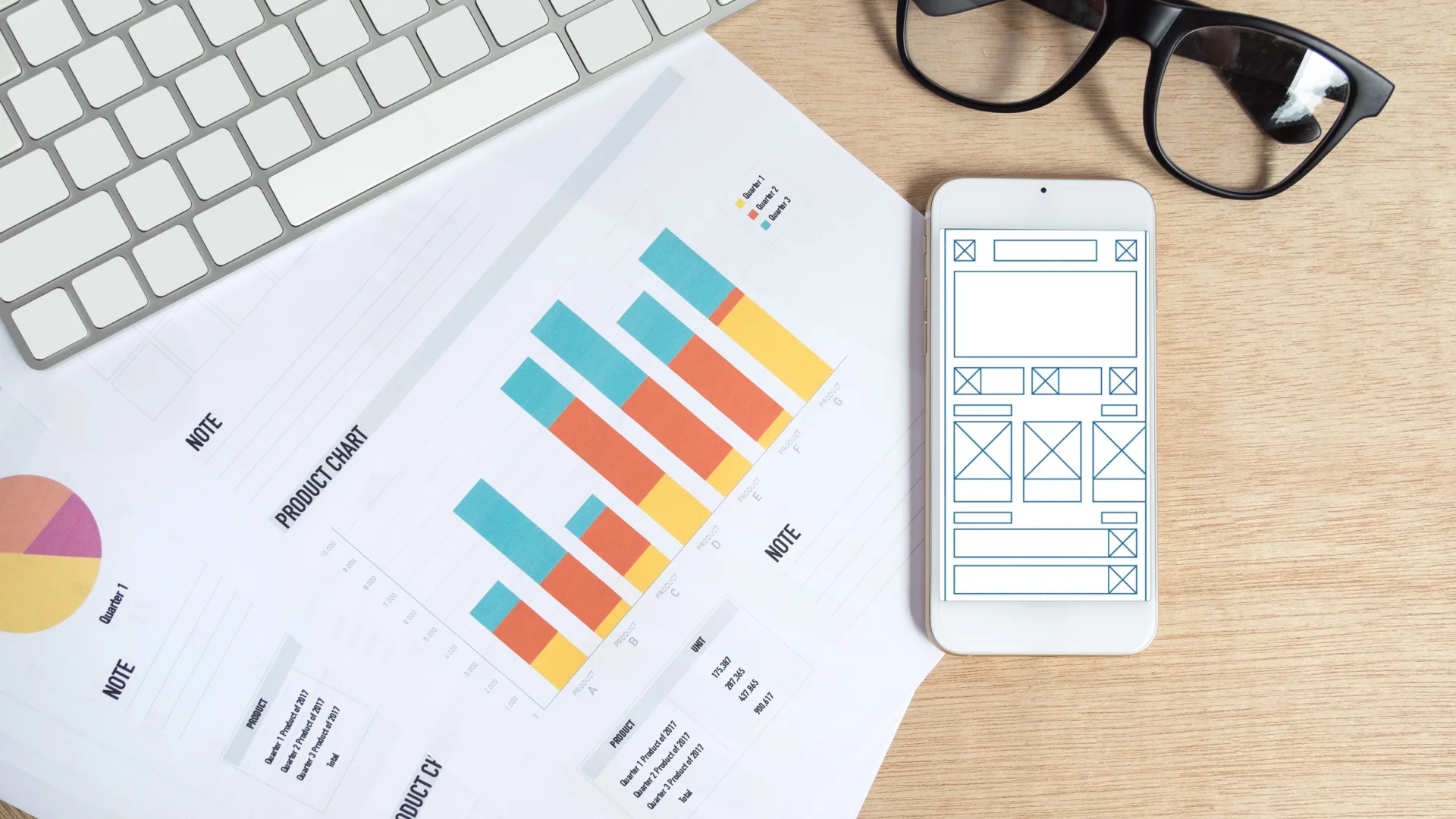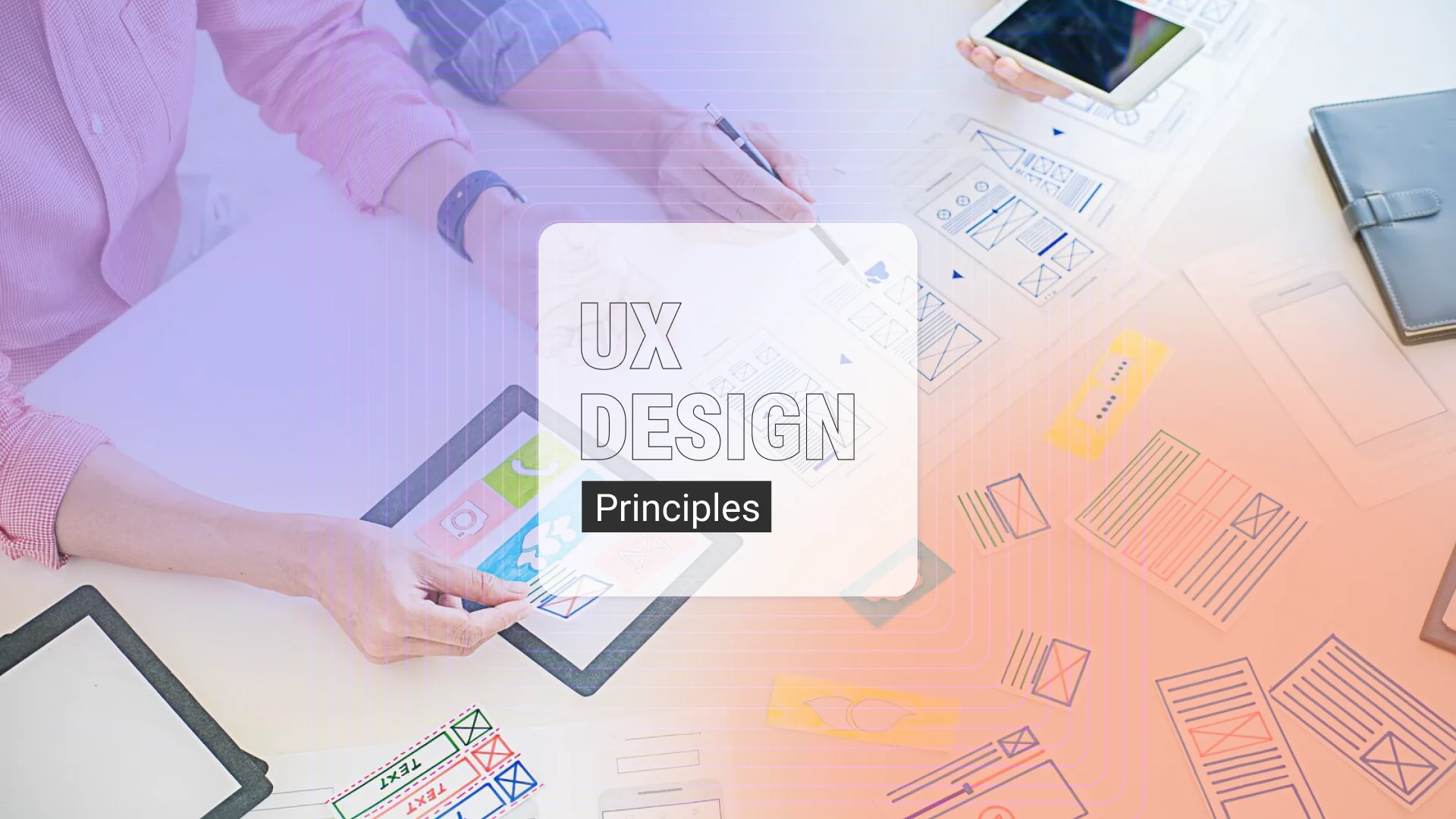Top UX Design Challenges and Their Solutions
- UI/UX
- April 5, 2021
The user experience is not just an essential attribute of a website but also the most important deciding factor for making a purchase. According to studies, with an enhanced customer experience, 33% of businesses encounter more satisfied consumers, 42% report increased retention, and 32% experienced an increase in revenue.
Website designers are always effortlessly working on solving the puzzle of cracking the UX code. Although new tools, systems, and technology help boost their efforts, there are still many difficulties and UX design challenges that hinder a better user experience for consumers. Luckily, I have some solutions for these problems.
Common UX Design Challenges and Their Solutions
UX design brings several challenges for designers; however, there are solutions for every obstacle. Designers just need to recognize them as early as they come. Let’s have a look at some common UX design challenges and their solutions!
1. Reducing the Gap between Design and Development
Both developers and designers play essential but different roles in a product building procedure. Design is of no use without development, while development is also useless without design. So, there must be collaboration between the two.
Design to development exchange is one area that can be particularly difficult. A UX designer’s way of solving issues is not the same as the developers. While the designer thinks about the user’s journey, the developers try to find out what will be technically convenient for them.
If developers and designers have no alignment, both the product and process can suffer. Knowledge gaps and lack of communication are the prime issues that result in extra feedback loops, unpredicted quality assurance problems, and various interpretations of similar targets.
Solution
The best solution is to communicate soon and often for abstaining from the discord between development and design. Engage developers ASAP, which will help them recognize every possible problem.
Knowledge sharing is another solution. Take some time to understand how developers work and face challenges if you don’t want to learn to code.
2. Budget and Time Restrictions
Budget and time are two main factors that impact not just design but the entire development cycle and these two are associated.
If a designer is underpaid or offered little time, he/she will do poor work. Sadly, many clients don’t value the designers’ input as they think that creating a button or changing a gradient is easy enough and can be done in a few minutes only.
Everything is connected in good design and even color layers also cater to different purposes. Hence, designers need more time and extra work or costs for introducing even a small change. When designers are forced to do something in hurry, they cannot properly focus on what clients need and thereby, deliver less creative input.
Solution
Business analysts and project managers can help in this regard. They can negotiate T&C (terms and conditions) for UX designers who then can freely give a good performance in a specific time.
3. Confused and Complex Chatbots
Over the last few years, the utilization of chatbots has highly increased as they are very useful for improving conversions and solving client service problems. Although these virtual assistants have been helpful for several organizations by offering immediate assistance, they have not always been very user-friendly.
Studies say that 73% of clients who have experienced a defective chatbot won’t use them further and 61% of customers found them more annoying to handle and would rather prefer a human executive.
In case chatbots are not enough smart or sophisticated to fix client issues, they can cause annoyance, wrong answers, or conflicting messages – and all these can harm the user experience.
Solution
Chatbots should be focused on conversational UX, instead of only trying to fix a problem fast or providing a smart response. And this can be done by including smarter AI systems that employ machine learning to get emotional intelligence and interaction cues.
This technology virtually helps chatbots learn the responses that are useful and relevant for different situations so they can enhance with every interaction.
4. Lack of Understanding about Your Role
This is another challenge faced by a UX designer. Sometimes, UX’s multidisciplinary nature is underestimated. Many people think that UX design is all about making things look great. Simultaneously, you might find that the user experience’s business value is also neglected. If basic stakeholders are unaware of your role, it can become difficult.
UI/UX design is a collective role, which needs buy-in from almost everybody in a business. You must meet with company representatives to know their vision and you may depend on the client service team for important user insights. And if your role and its importance are not clear, you cannot engage the right people.
Solution
UX designers need to establish expectations very soon. Begin every new project with a stakeholder launch, describing your role and its purpose. While moving through a project, give daily updates and scopes for your co-workers to ask questions.
Moreover, control the eagerness of guarding your work. Invite others for understanding your role, whether through a lunchtime workshop or a casual chat at your desk. You can clear all misconceptions about what you do by encouraging an open-door culture.
Read also: 9 Common UX Design Mistakes To Avoid When Developing an App
5. Product Display
In terms of online product selling, the main disadvantage is that you don’t actually know what you will get until it appears. With the availability of several online sales options, brands should always try to build confidence and communicate why customers must use their products.
Only depending on product images and ratings from previous buys may not be sufficient, particularly since all retailers use these strategies these days.
Solution
Technology and slightly creativity can help in this matter. Online sellers are now using VR and AR tools for making 3D product models for a virtual primary buying experience that was tough before. Using this type of technology, consumers can see precisely how a product would look in real by just using their mobile phone.
This type of product showcasing brings the best elements of a physical shop to a digital shop. Consumers love this feature as well. Some reports say that 40% of buyers would prefer investing more in a product if they could examine it using VR first and 71% of buyers would purchase more from a brand that provides the same feature.
6. Android Fragmentation
Currently, thousands of Android devices are running different Android OS versions in the market. And every smartphone manufacturer wants to tailor and make its Android OS version different.
Smartphones have different display resolutions and some little details that vary from one smartphone to another. Designing and developing an app for Android is tougher than these are for iOS devices.
Solution
To manage this, follow Google’s instructions and concentrate on the latest updates and the most popular Android mobile models.
Like Android app development, Android design generally takes slightly more time for completion. However, in a few cases, it enables designers to make design preferences not possible to do on the iOS platform.
7. A/B Testing Errors
Although the A/B testing is sometimes a UX designer’s instant strategy for comparing designs and thoughts, it is incorrect and limited also. According to reports, 8 out of 10 A/B tests provide wrong results. As many systems can just compare 2 variants at a time, there may be found many inaccuracies.
Moreover, there is always a scope that neither of these choices is great, and it could take many months before plenty of A/B testing combinations are run for finding the right one to be applied.
Solution
AI and machine learning can make this procedure more accurate and simpler. Conventional A/B testing can just compare 2 components at a time.
However, since AI systems can assess huge amounts of data immediately, these tools can compare many variants at the same time and report results more rapidly.
Takeaway Thoughts
Every year brings new sets of ideas and challenges for UI/UX designers. Web designers need to consider these UX design challenges and face them for boosting the user experience. However, they need to keep in mind that there is a solution to every problem.
By cautiously pondering the clients’ requirements, choices, and needs, designers can make the important decisions for developing an accomplished website that offers a better user experience for all visitors.







